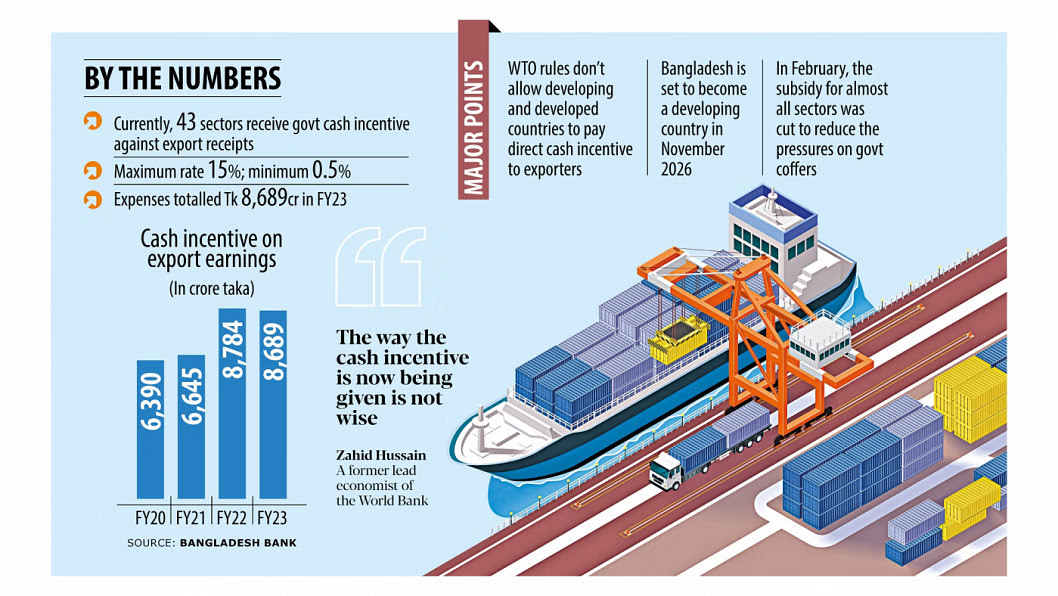Manufacturing in Bangladesh has for the last 30 years been defined by the readymade garment (RMG) industry—and for good reason. The nearly 7,000 RMG facilities in Bangladesh produce 16 percent of all manufactured goods and employ 55 percent of all workers in the manufacturing sector. Recent reporting states that readymade garments account for 83 percent of per annum exports. To put that into perspective, in 2015 Bangladesh exported USD 31.7 billion worth of goods, of which around USD 26 billion were RMG, or roughly 13 percent of Bangladesh’s GDP.Yet, it is Bangladesh’s reliance on RMG exports that has given some in government cause to be worried. These worries stem from various factors driving the RMG industry which are regarded as inherently unpredictable and potentially destabilising. Factors such as changes in trade relations, costs and access to shipping and logistical routes, raw material costs, and consumer tastes and attitudes can send “shockwaves” through the economy, according to several economists.External market forces are not the only issue that can alter the course of the garment industry in Bangladesh. Garment workers’ unions are currently negotiating a raise in the monthly minimum wage that is three times higher (Tk 16,000) than the current wage (Tk 5,300). Low wages are a key selling point for the benefits of RMG production in Bangladesh, and any hike in wages has the potential to cause companies to begin looking for new sourcing locations. If successful, the wage increase would be the second such one in five years, with the first one being implemented in the aftermath of the Rana Plaza disaster.In an attempt to mitigate such risks, the Bangladeshi government has launched a programme to diversify exports in the manufacturing sector. In doing so, the hope is that in the event of a downturn in RMG production the effect on the economy wouldn’t be as devastating.The programme is the product of a larger initiative aimed at increasing the overall standard of living in Bangladesh with the goal of emerging as a middle-income country by 2021. Consisting of two five-year plans (FYP6 2010-2015 and FYP7 2016-2020), the programme is supported in part through financing from the World Bank and covers everything from infrastructure to education to industry to women’s empowerment.While there has been some success in growing the selected industries, RMG production as well has continued to expand. Indeed, if the government of Bangladesh wishes to achieve its 2021 goal of manufacturing, which represents 90 percent of exports, it would have to increase its output substantially and secure a 28 percent share of the GDP up from roughly 20 percent. This is only possible if RMG production continues to achieve double-digit growth annually.Such expansive and continued growth, which allowed Bangladesh to become the world’s second largest garment exporter, was made possible through trade policies that are incredibly favourable to readymade garment producers. These policies include “duty-free import of inputs, bonded warehousing facilities, back-to-back LC, rapid custom clearance.” Part of the diversification plan is to utilise these same policies for the sectors whose export potential the government is seeking to boost.How successful the programme will be at reaching the target GDP growth of 10 percent by 2021 is yet to be seen. The World Bank’s part in the programme has only been functional for less than a year, so quantifiable results are minimal. Data from the results of FYP6 shows similar GDP growth rates to what Bangladesh has been demonstrating rather consistently since 2005, but below the target rate of 7.3 percent. However, it should be noted that Bangladesh outperformed other countries such as India and Thailand in this area during the same period.Another encouraging point is that during the 2010-2015 period, the share of the GDP occupied by manufacturing rose by three percent though it is difficult to say which sectors experienced the largest growth, given that detailed figures were not provided.While companies who may be looking to source apparel from Bangladesh in the long-term will need to be mindful of the changing landscape of the economy, this push towards diversification should not be viewed as an abandonment of the RMG industry. In fact, one of the stated elements of manufacturing diversification is to increase the quality of existing sectors, one of which would obviously be readymade garments. The incredibly favourable economic policies geared toward maximising the competitiveness of RMG exports are not so easily undone and could easily outweigh any added cost of a minimum wage increase. And further corporate investment in new and existing RMG facilities will be well positioned to capture the estimated 20 million new workers that will enter the workforce over the next 10 years.
Bangladesh diversifies
The strength of RMG exports has launched an attempt to secure the economy
















